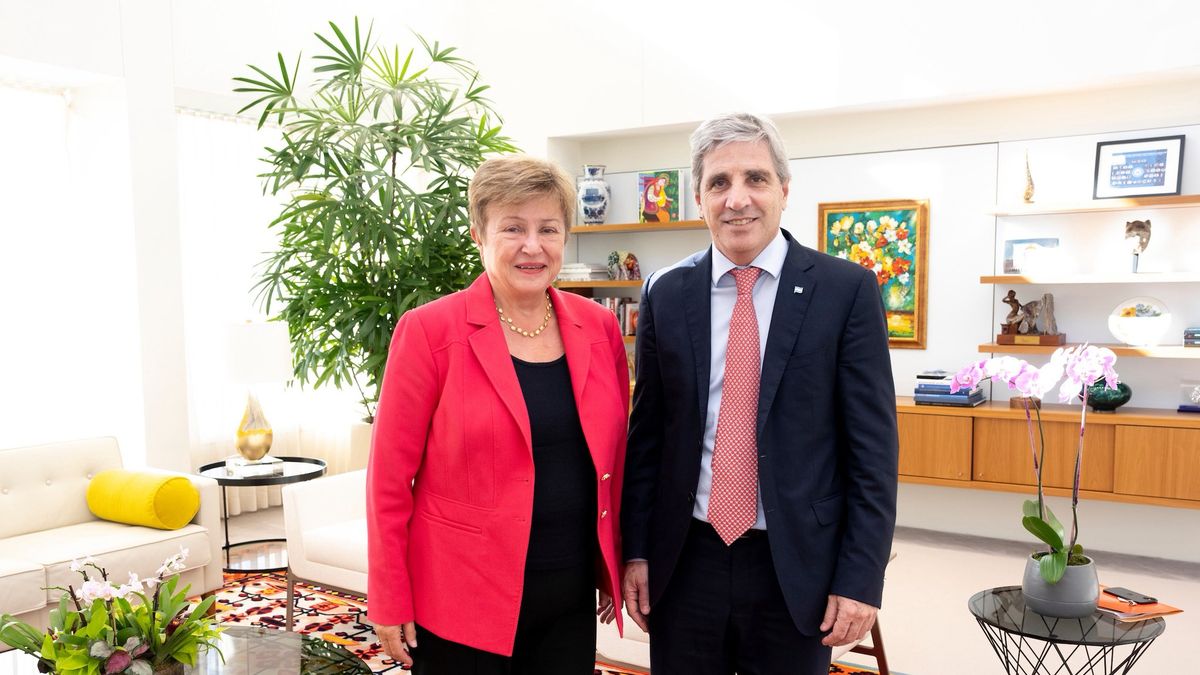The AFP reports this with reference to Brooks environment. The director was one of the most influential theater figures of the 20th century, enjoying international success with his distinctive classic productions from Shakespeare to Beckett and idiosyncratic creations such as the nine-hour Sanskrit epic “Le Mahabharata”.
Brook was born on March 21, 1925 as the son of Jewish emigrants from Russia in London. His parents often took him to the theater. When he was ten he performed “Hamlet” with cardboard cutouts. “The poorest sat there for about two hours,” he recalled in an interview with the US broadcaster “NPR”. “That tiny voice that reads badly and says ‘To be or not to be, that’s the question’!”
Always loyal to the theatre
And young Brook remained true to the theater. In 1943 he brought “Dr. Faustus” to a London pub stage. In his early 20s he was considered a child prodigy, staging Shakespeare in Stratford-upon-Avon, but also “Salome” by Richard Strauss at the London Royal Opera. Salvador Dali created such daring stage designs that Brook was fired afterwards.
Comedies and musicals then made him the star of London’s West End. He has worked with theater titans such as Laurence Olivier, John Gielgud and Vivien Leigh and has been showered with honours. Brook tried everything – “culture, sex, drugs, religion” – before marrying actress Natasha Parry in 1951, with whom he dated until her death in 2015.
Radical modernizer
His experimental production of Peter Weiss’ “Marat/Sade” (1964), in which the actors turned into inmates of a madhouse, offered a foretaste of his groundbreaking work “The Empty Room” from 1969. In it he states that for a An empty space is enough for a man to cross while another looks on. With this attitude, Brook radically modernized post-war theater: “I can take any empty space and call it a bare stage.” A declaration of war on bourgeois productions. Brooks favored an ascetic style that focused on elementary gestures common to all human beings. Accordingly, in the early 1970s he developed his own theatrical language, “Orghast”, aimed at expression. In 1970 he implemented his ideas of bare space with a legendary acrobatic Shakespeare production. The “Midsummer Night’s Dream” in a pure white, cubic room with trapezes is still considered one of the defining post-war productions.
“A Universe in Empty Space”
Brooks originally wanted to be a film director. But after his hit film “Lord of the Flies” in 1961, he realized that the stage offered more freedom: there you could “conjure up a universe in an empty space by an actor just picking up a stick.” With film, on the other hand, you are always at the mercy of the budget and producers.
In the early 1970s, Brook moved permanently to Paris. There he founded the International Center for Theater Research to research both African and Eastern traditions. The international troupe found a home in the former variety theater Theater des Bouffes du Nord. Instead of impressing hardened London audiences with lavish productions, Brook at times toured African villages with his improv troupe, using a carpet as a stage.
In the decades that followed, his productions became smaller and more international. With one exception: in 1985 he adapted the Sanskrit epic Mahabharata. The nine-hour premiere took place in a quarry near Avignon and ended at dawn. And so Peter Brooks’ work remained unique in its diversity and importance, as was its influence on contemporary theater.
Source: Nachrichten




